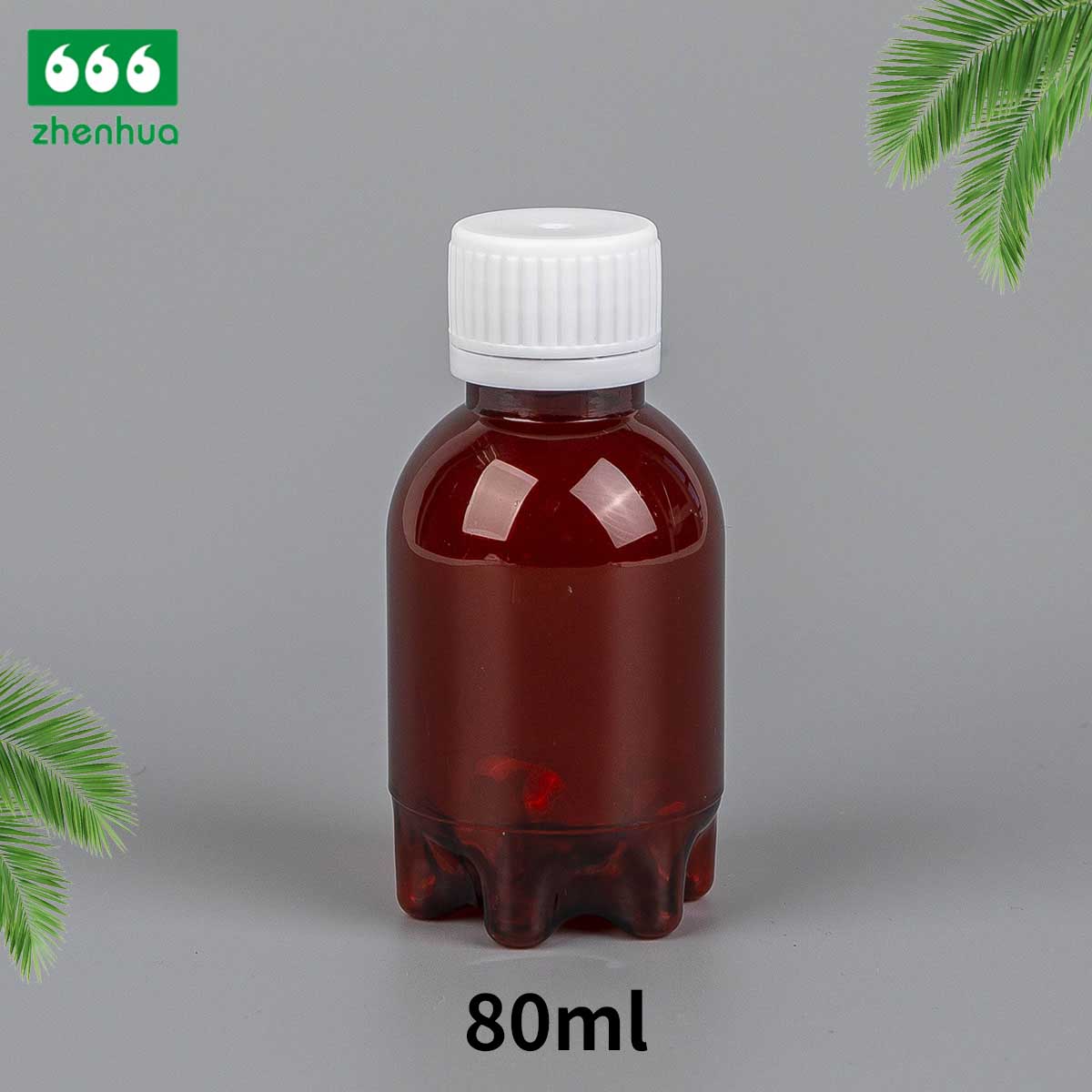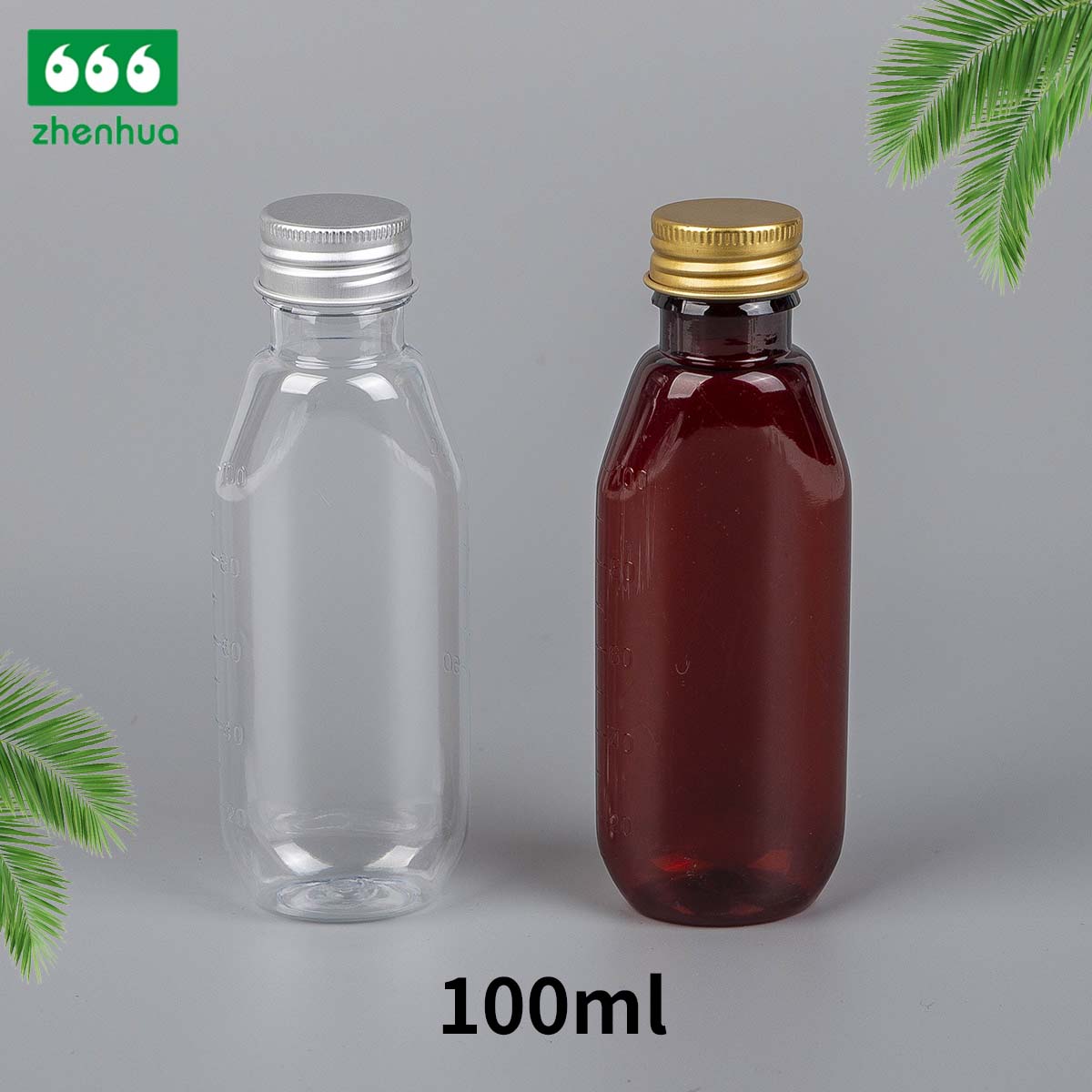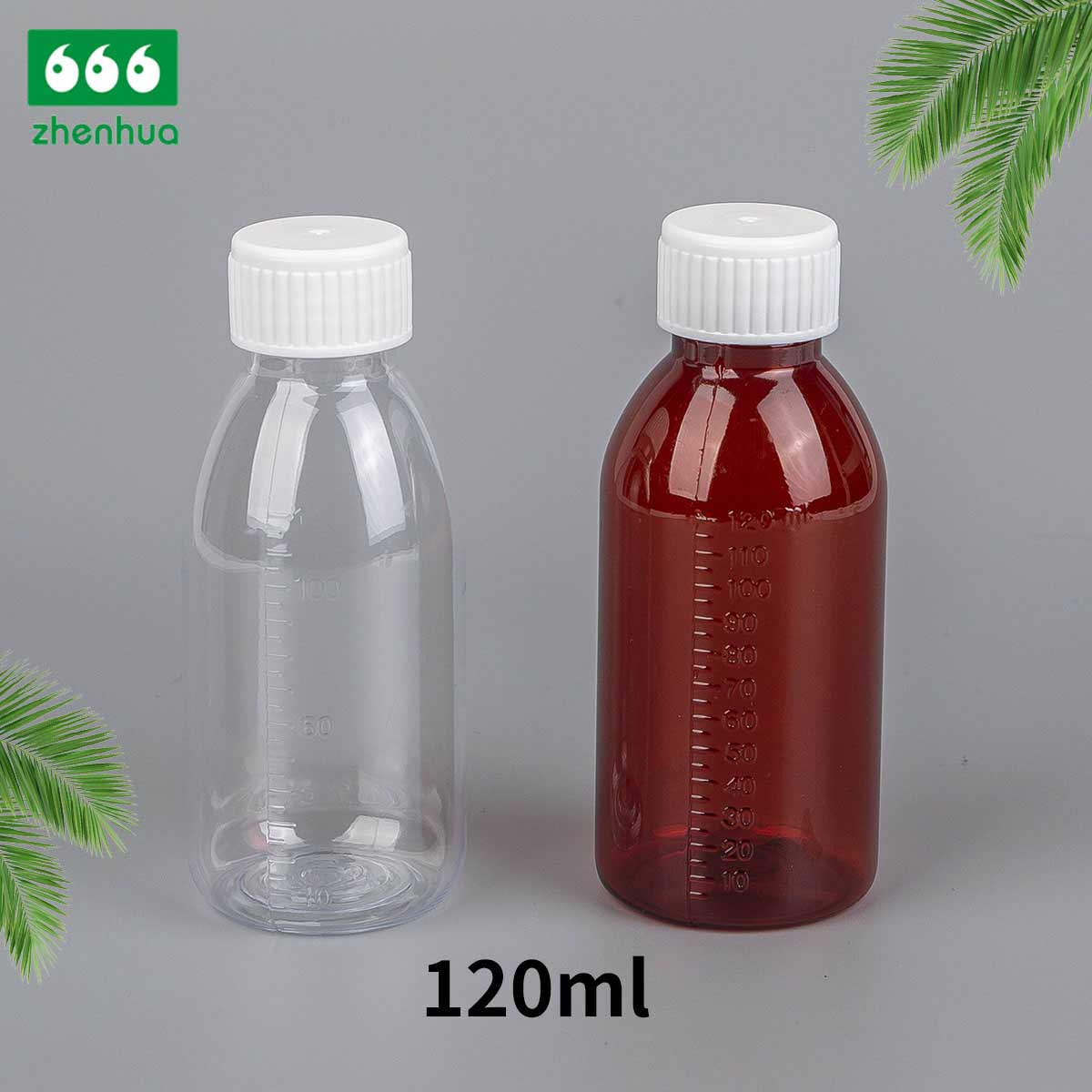Preserving Health, Preserving Earth: Plastic HDPE Pill Bottles Pave the Way for Sustainable Medication Packaging
Date:2024-02-09
In the realm of healthcare and sustainability, a silent but significant revolution is underway with the advent of Plastic High-Density Polyethylene (HDPE) Pill Bottles. These innovative containers are reshaping the landscape of medication packaging, offering a sustainable alternative that not only preserves the integrity of pharmaceuticals but also contributes to the global effort to reduce plastic waste. From improved recyclability to lighter environmental footprints, HDPE pill bottles are emerging as a beacon of change in the pharmaceutical industry.
High-Density Polyethylene (HDPE) is a versatile plastic known for its strength, durability, and recyclability. Leveraging these qualities, pharmaceutical manufacturers are turning to HDPE as a responsible choice for packaging medications. HDPE pill bottles represent a departure from traditional packaging materials, offering a solution that aligns with the growing demand for sustainable practices in the healthcare sector.
One of the key advantages of HDPE pill bottles is their environmental impact. Unlike some other plastics, HDPE is widely accepted in recycling facilities, making it an eco-friendly choice for medication packaging. The recyclability of HDPE allows for the collection and processing of used pill bottles, reducing the demand for virgin plastic and minimizing the overall carbon footprint associated with pharmaceutical packaging.
The lightweight nature of HDPE pill bottles further contributes to their sustainability profile. Compared to glass alternatives, HDPE is significantly lighter, reducing transportation-related emissions and energy consumption. This weight reduction not only benefits the environment but also improves logistics efficiency, making the entire supply chain more environmentally friendly.
The transition to HDPE pill bottles is a response to the global concern surrounding plastic waste. Pharmaceutical packaging has historically been associated with single-use plastics, contributing to the broader issue of plastic pollution. HDPE, with its recyclability and lighter environmental impact, represents a positive step towards mitigating the environmental consequences of medication packaging.
Beyond their eco-friendly credentials, HDPE pill bottles offer practical advantages for both pharmaceutical companies and consumers. The durability of HDPE ensures the protection of medications from external factors such as light, moisture, and air. The robust nature of HDPE pill bottles minimizes the risk of damage during transportation and handling, ensuring the efficacy and safety of the enclosed medications.
The design flexibility of HDPE allows for innovative and user-friendly packaging solutions. Child-resistant closures, easy-to-open caps, and tamper-evident features can be seamlessly integrated into HDPE pill bottle designs, enhancing user experience and safety. Manufacturers can customize the size and shape of HDPE bottles to meet the specific needs of various medications, providing a versatile and adaptable solution for the pharmaceutical industry.
Consumer awareness and preferences are driving the shift towards sustainable packaging in the pharmaceutical sector. Patients are increasingly concerned about the environmental impact of the products they use, including the medications they rely on for health. HDPE pill bottles respond to this demand, offering a sustainable and responsible choice that resonates with environmentally conscious consumers.
The pharmaceutical industry's adoption of HDPE pill bottles aligns with broader initiatives to improve sustainability across various sectors. Major pharmaceutical companies are recognizing the importance of incorporating environmentally friendly practices into their operations, and the shift towards HDPE is a tangible manifestation of these efforts. The pharmaceutical sector's commitment to sustainable packaging reflects its role in contributing to global efforts to achieve a more circular and responsible approach to materials use.
Looking ahead, the evolution of HDPE pill bottles holds exciting possibilities. Ongoing research and development efforts are focused on optimizing the recyclability of HDPE, exploring bio-based alternatives, and further enhancing the environmental profile of pharmaceutical packaging. As technological advancements continue, the pharmaceutical industry can expect more innovations that balance the need for medication safety with the imperative to protect the planet.
For more information, please call us at +86-0576-87142888 or email us at [email protected].
Tel:+86-0576-87142888
Email:[email protected]
Recommend
The Surge in Demand for Plastic Solid Medicine Bottles in the Pharmaceutical Industry
28 /02
The pharmaceutical industry is one of the most dynamic sectors in the global market, with innovation...
The Rise of the Plastic Spray Bottle in Consumer and Industrial Markets
21 /02
The global market for household products has seen rapid growth in recent years, driven by innovation...
The Growing Demand for Plastic Measuring Cups in the Global Market
14 /02
The global kitchenware industry has seen a steady rise in the demand for practical and affordable ki...

 en
en
 English
English 中文简体
中文简体.jpg)
.jpg)


1.jpg)









